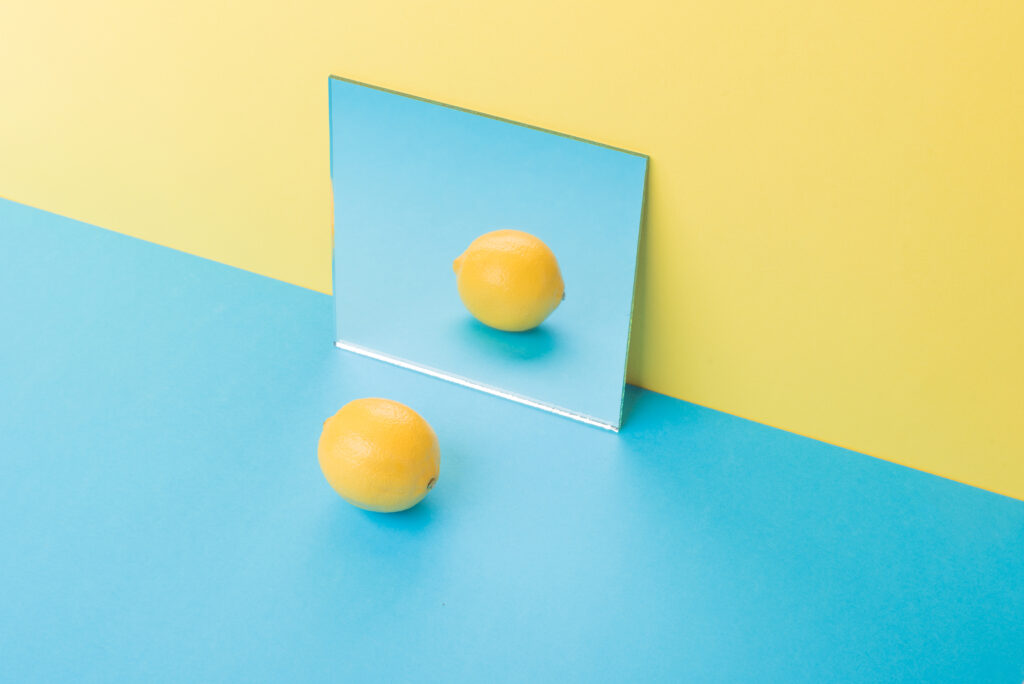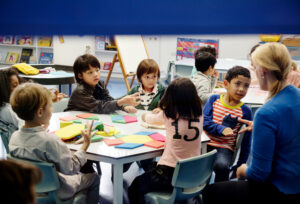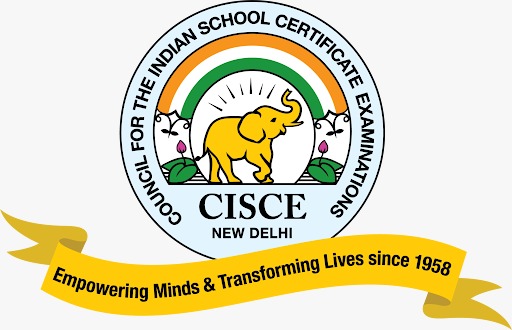Mirrors are fascinating tools that play a significant role in our daily lives. From helping us get ready in the morning to enabling complex scientific advancements, mirrors have versatile applications. Among the most commonly discussed types of mirrors are concave and convex mirrors. Both types of mirrors are uniquely designed to manipulate light in different ways, leading to their wide range of applications. This guide delves into their differences, properties, and uses, complete with easy-to-understand examples to help students and enthusiasts grasp the concepts better.
What Are Concave and Convex Mirrors?
Mirrors can have different shapes, which influence how they reflect light. The two primary types of curved mirrors are concave and convex mirrors. Both are widely used but serve very distinct purposes.
Concave Mirror
A concave mirror has a reflective surface that curves inward, resembling the inside of a bowl. This curvature allows it to focus light rays onto a single point, creating unique image properties. These mirrors are known for their ability to form both magnified and real images, depending on how far the object is placed from the mirror. They are integral to devices that require light to be focused.
Convex Mirror
In contrast, a convex mirror has a reflective surface that curves outward, like the back of a spoon. This outward curvature causes light rays to spread out or diverge. Convex mirrors always produce upright and diminished images. Their ability to capture a wide field of view makes them highly valuable in applications like vehicle rear-view mirrors and security systems.
Properties of Concave and Convex Mirrors
The distinct shapes of concave and convex mirrors result in different properties that define their behavior. Understanding these properties helps explain why each type of mirror is suited for specific tasks.
Concave Mirror Properties
- Converges Light: Concave mirrors focus incoming light rays to a single focal point. This property makes them ideal for applications requiring concentrated light, such as in headlights or solar concentrators.
- Forms Real or Virtual Images: Depending on the object’s position relative to the mirror and focal point, concave mirrors can form real, inverted images or virtual, upright ones. For example, objects placed close to the mirror produce magnified, upright images, while distant objects form inverted ones.
- Magnifies Objects: When objects are close to the mirror, they appear larger. This magnifying property makes concave mirrors invaluable for tasks like applying makeup or examining teeth in dental practices.
Convex Mirror Properties
- Diverges Light: Convex mirrors scatter light rays outward, giving them their characteristic wide field of view. This makes them perfect for monitoring large areas.
- Always Forms Virtual Images: Convex mirrors produce images that are upright and diminished in size, which helps in giving a comprehensive view of surroundings.
- Provides a Wide Field of View: Their outward curvature allows convex mirrors to cover a broader area, making them essential for safety and surveillance purposes.
Differences Between Concave and Convex Mirrors
Although both are curved mirrors, concave and convex mirrors have fundamental differences that affect their applications and image formation.
Image Formation
- Concave Mirrors: These mirrors can form both real and virtual images. Real images are formed when the object is beyond the focal point, and they appear inverted. Virtual images are formed when the object is placed within the focal point, appearing upright and magnified.
- Convex Mirrors: These mirrors always form virtual and upright images, irrespective of the object’s position. The images are always smaller than the actual object.
Light Behavior
- Concave Mirrors: Concave mirrors converge light rays, bringing them to a focal point. This makes them suitable for applications like focusing sunlight in solar dishes or creating bright beams in flashlights.
- Convex Mirrors: Convex mirrors diverge light rays, spreading them outward. This property is ideal for enhancing visibility in areas like parking lots or road intersections.
Size of Image
- Concave Mirrors: These mirrors can magnify objects significantly, making them appear larger and more detailed when the object is close to the mirror.
- Convex Mirrors: Convex mirrors always produce diminished images, making them suitable for providing a wider field of view.
Examples of Concave and Convex Mirrors
Understanding how concave and convex mirrors function becomes easier when you see their applications in everyday life. Each type of mirror serves distinct and practical purposes.
Examples of Concave Mirrors
- Shaving Mirrors: Concave mirrors magnify your reflection, making them ideal for detailed tasks like shaving or applying makeup. By enlarging the image, they ensure precision in tasks that require close attention.
- Headlights and Telescopes: Concave mirrors are used in vehicle headlights to focus light into a beam that illuminates the road ahead. In telescopes, they gather and focus light from distant stars and planets, enabling clear observation.
- Solar Cookers: These mirrors concentrate sunlight onto a single spot, generating high temperatures suitable for cooking or heating.
Examples of Convex Mirrors
- Rear-View Mirrors: Convex mirrors are extensively used in vehicles as rear-view mirrors. They provide a wide-angle view of the surroundings, allowing drivers to monitor traffic effectively.
- Surveillance Mirrors: Commonly found in stores, convex mirrors enable staff to monitor larger areas and prevent theft. They also improve security by covering blind spots.
- Road Safety Mirrors: Convex mirrors are installed at road intersections or sharp curves to improve visibility and reduce accidents.
Applications of Concave and Convex Mirrors
Both types of mirrors have diverse applications that highlight their unique properties. Their utility spans from simple household use to complex industrial and scientific purposes.
Applications of Concave Mirrors
- Solar Concentrators: Concave mirrors focus sunlight onto a single point, making them highly effective for generating solar energy. They are used in power plants and eco-friendly cooking devices.
- Medical and Dental Equipment: Dentists use concave mirrors to magnify teeth for precise procedures, while surgeons employ them for enhanced visibility during operations.
- Reflecting Telescopes: These mirrors form the core of reflecting telescopes, enabling astronomers to study distant celestial bodies.
Applications of Convex Mirrors
- Parking Lots: Convex mirrors enhance safety by providing a wide-angle view of blind spots, reducing the risk of collisions.
- Traffic Monitoring: These mirrors are installed at intersections, narrow roads, and sharp turns to improve visibility and ensure smooth traffic flow.
- Architectural Design: Convex mirrors are used in modern architecture to create decorative effects and improve spatial perception in confined areas.
Conclusion
Concave and convex mirrors are more than just reflective surfaces; they are essential tools with unique properties and practical uses. Understanding their differences and applications not only enhances our knowledge but also helps us appreciate how these mirrors simplify tasks and improve safety in various fields. Whether it’s focusing sunlight for energy or providing visibility in traffic, these mirrors are integral to everyday life and scientific advancements. By learning how they work and where they are used, you can better appreciate their significance and utilize them effectively in your studies or daily activities.
FAQs
Concave mirrors converge light and can form real or virtual images, while convex mirrors diverge light and always form virtual, diminished images.
Concave mirrors can focus light rays at a single point, creating real images, or reflect light divergently to form virtual images, depending on the object’s distance.
The outward curve of convex mirrors causes light rays to diverge, allowing them to capture a broader area compared to flat or concave mirrors.
Concave mirrors are used in telescopes, headlights, solar concentrators, and dental tools for focusing light or magnifying images.
Convex mirrors provide a wide-angle view of the surroundings, making them ideal for monitoring traffic and reducing blind spots in vehicles.







